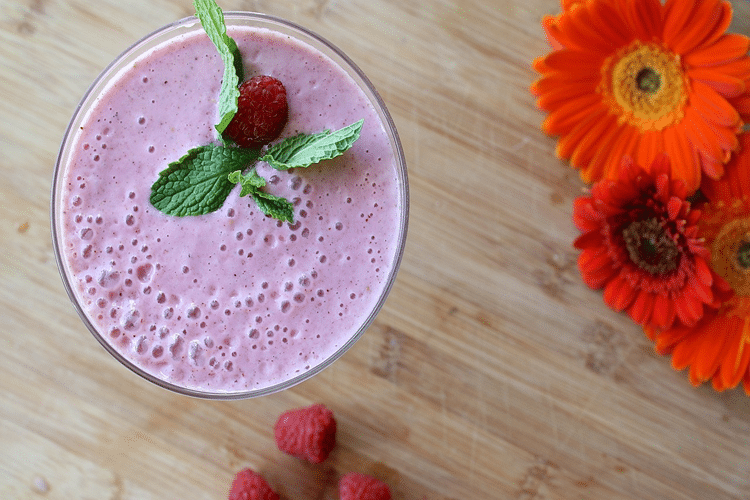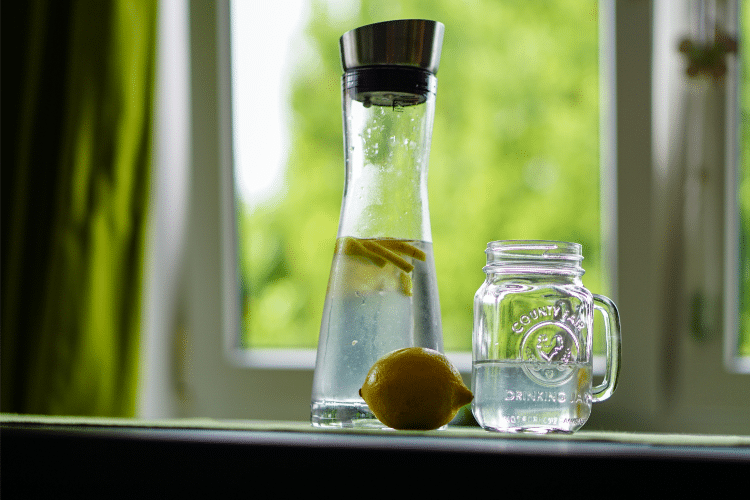
Menopause: What You Should Know
Menopause is an inevitable part of aging for any woman. Many who’ve already experienced menopause don’t need to be told how it occurs or what happens. But, for many women who are approaching the age of menopause, or those in “pre-menopause,” may benefit from knowing exactly how this happens.
Knowing what to expect, and how menopause affects the body can help you develop a lifestyle plan to help minimize any negative effects of the process. For athletes and fitness lovers, it can also help you adapt your training and diet to maintain levels of performance and help you get better results with training.
So, before running you through how best to change your training and diet to get the most out of training after menopause, we’ll go over menopause, and we’ll run through what you should know.
Table of Contents
Pre-menopause
“Pre,” or “perimenopause” is an unofficial term used to describe the time around menopause. The actual definition of menopause where you’ve stopped receiving your period for 12 months.
So, pre-menopause is used because the symptoms of menopause can last for almost a decade surrounding the actual event.
This is because the stages the body goes through leading up to menopause can have some effects on the body. These stages include a drop in hormones like Inhibin B. This chemical is used to regulate levels of another hormone, Follicle Stimulating Hormone (FSH). These are all used to develop eggs in the ovaries.
This leads to a rise and then a continuous fall, in FSH and estrogen. The drop in estrogen and FSH comes from the exhaustion of the cells that provide them. Namely, the follicles on the ovaries.
The consequences of it include hot flashes, irregular periods, and changes in mood. This eventually leads to menopause itself.
Menopause
When menopause occurs, there is a gradual change in hormones that come along with it. While estrogen drops, the testosterone hormone decrease to a lesser extent. Estrogen usually drops by about 90% of normal levels. Meanwhile, testosterone is reduced by only 50%.
This further contributes to mood changes, hot flashes, and problems with the vagina and uterus. This can lead to vaginal bleeding, dryness, and breakdown of the tissue lining.
The result is a decreased bone density, increased hair growth, “bad” cholesterol and chance of infections.
Post-menopause
Post-menopause is the five to ten years following menopause. Here, hormone levels remain at the levels stated above, but negative symptoms reduce over time. Mood changes also ease. So, management of your lifestyle becomes much easier here.
Hormone levels are also much more stable throughout the month than when you experienced your period regularly.
How Menopause Effects Health And Fitness
Now that we know what happens during menopause, the next thing to look at is how it impacts health and fitness.
Estrogen is a key player in a lot of processes in the body. It helps process calcium and protects your bones, hence the rise in bone fracture risk after menopause. It also protects the immune system and nerve cells in the brain. This is where the changes in mood and rise in infection risk stem from. It helps prevent muscle breakdown and boosts fat burning too.
So, if you’re carrying out a training program, your ability to recover will be reduced. Your strength and work capacity will also drop and your risk of injury increases.
Your fat distribution will also change, meaning you’ll place more fat around the belly an midsection. This is again because higher testosterone and estrogen helps direct fat more towards the hips and thighs.
How To Adapt Your Training And Diet To Menopause For Optimum Results
Reading the above section, it may seem like your in a hopeless position. But, menopause can be a blessing in disguise for many fitness lovers. It forces you to be smarter about your training and your diet.
You can also reap as much, or more, benefit from your training than before. It just takes a little more work and including the below steps into your program.
Include both aerobic exercise and weightlifting in your program
Both weight training and aerobic exercise are useful in boosting estrogen levels. This can help offset many of the issues mentioned above. Weight training will also help improve strength and muscle mass.
Meanwhile, aerobic exercise can improve endurance and work capacity. Weightlifting should be given priority though. It can estrogen and help improve function and bone density.
So, for fitness enthusiasts, aiming for three weekly weight training sessions and one weekly cardio session should suffice.
Reduce training volume
This recommendation is for female athletes or more advanced fitness enthusiasts. Menopause leads to an increased need for recovery time and higher injury risk.
So, giving an extra 24 hours to recover from a strenuous session, or including a low-intensity recovery session, can help keep you in top shape.
Increasing vitamin C and gelatin in your diet can also reduce inflammation and increase collagen creation in your body too. This can improve recovery and decrease injury risk further.
Keep your training load constant
If you’re an experienced female athlete, research indicates you may benefit from changing the amount of training you do in line with your menstrual cycle.
But, this is no longer the case during menopause. In fact, changing your training load severely can increase injury risk. So, keep your training load constant for more consistent gains.
Decrease fat intake
Lower estrogen means lower overall fat burning to fuel your body. This means that more fat from your diet could be stored.
So, unlike younger female athletes, decreasing your fat intake may help you get leaner and improve cholesterol levels.
Include more impact-based exercises
Impact exercises like jumping or jogging can help increase bone density and can help prevent tendon injury. So, including some of these exercises into your plan can help prevent some injuries.
But, care should be taken not to overdo it. Too much impact can wear down the cartilage in the knees and hips. So, adding jumps or some jogging into one workout per week should be plenty.
Increase omega-3 intake
While decreasing fat intake may help cholesterol and leanness, some fats are still beneficial for health and fitness. Omega-3 fats are known as monounsaturated fats because of how they are structured. These fats are processed differently in the body than “saturated” fats and have different effects when eaten.
These include helping muscle growth and reducing bad cholesterol. They may also boost estrogen and reduce injury risk. So, it should come as no surprise that they are recommended for any female athletes going through menopause.
Omega-3s can be added to the diet by increasing the amount of oily fish, like salmon or cod, or walnuts in your diet. You can also take fish oil tablets once daily.
Maintaining a balance of healthy fats and carbohydrates is also one good method to use when looking at how to reduce bloating. So, combining this supplementation with the above diet and training changes should help you get the most out of your training right through menopause. This is true whether your goals are aesthetic or performance.






